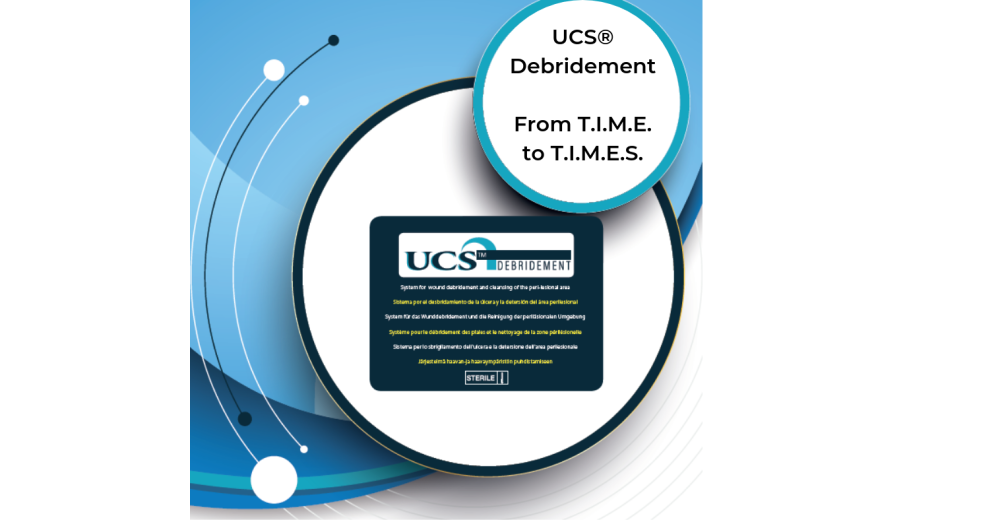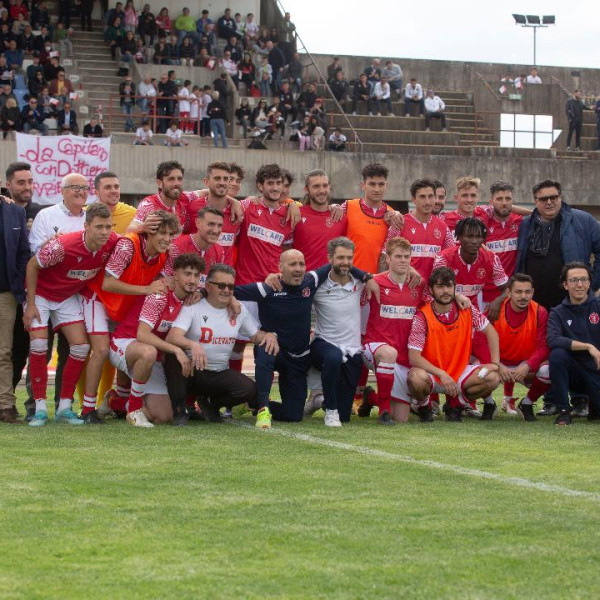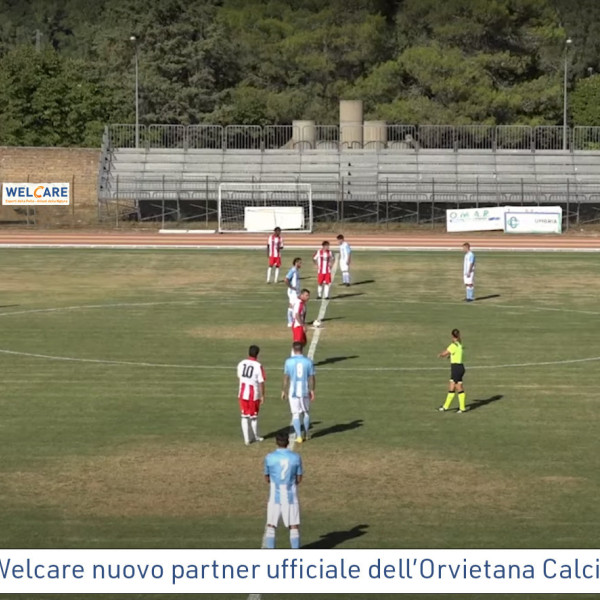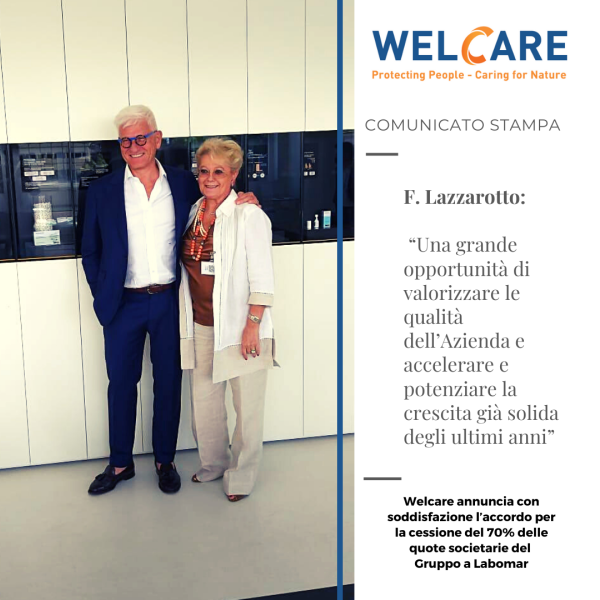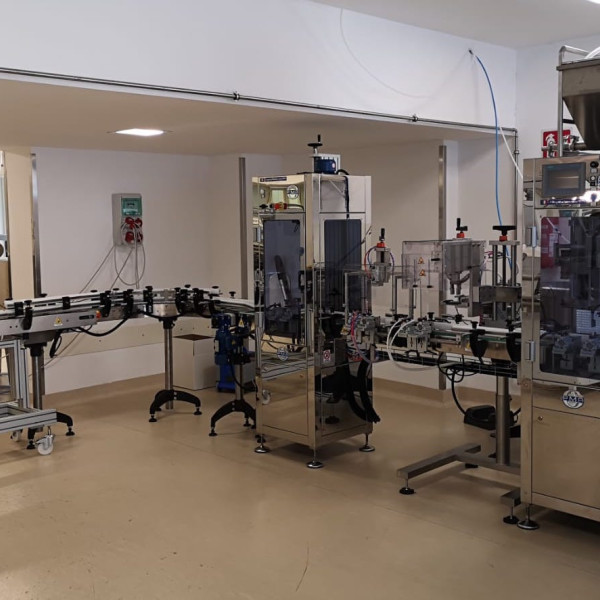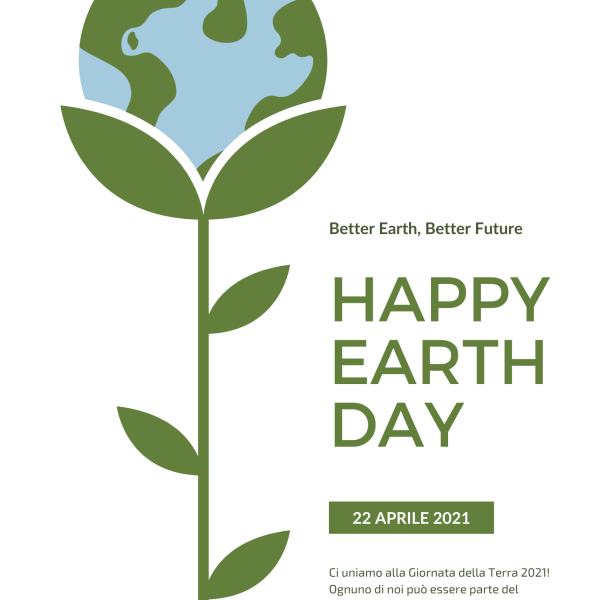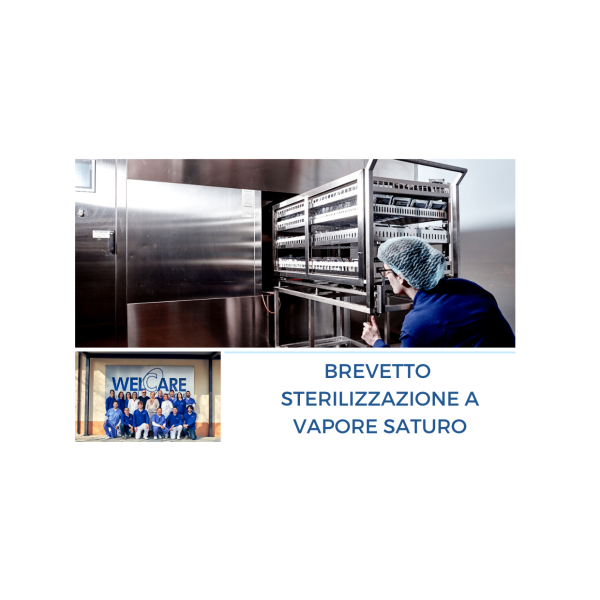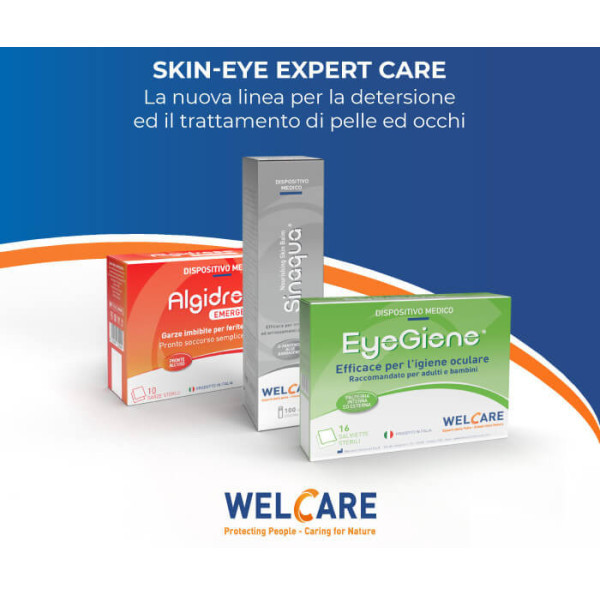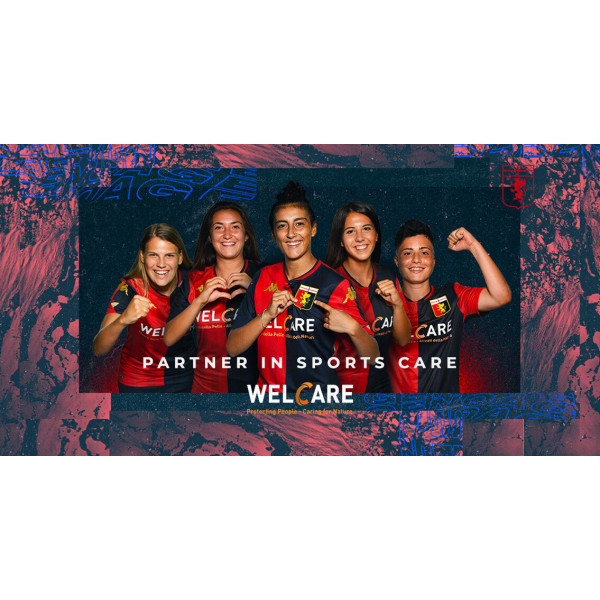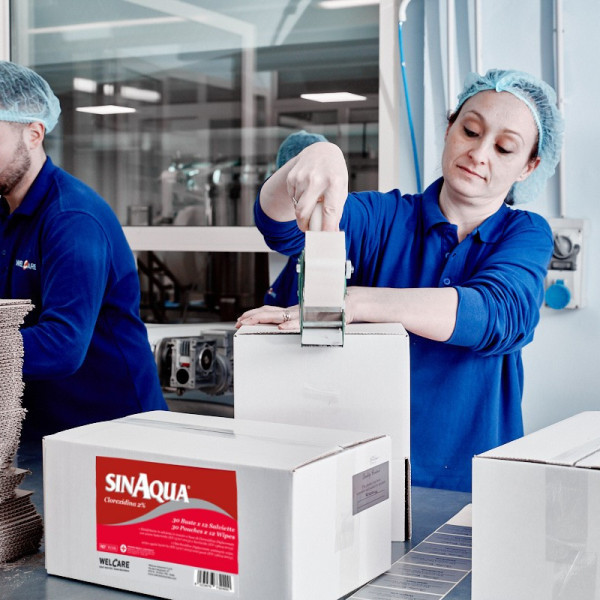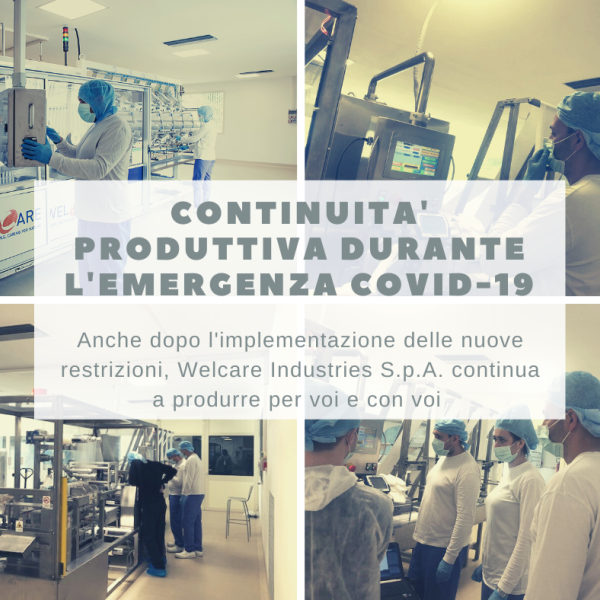T.I.M.E. evolves into T.I.M.E.S… UCS® Debridement complies…
To assist with appropriate management of wounds and facilitate wound healing a group of wound care experts in 2002 developed a systematic approach to wound bed preparation in a simple easy to use framework using the TIME acronym.
Through the years the T.I.M.E. approach has been successfully implemented and has become the gold standard model for wound assessment
- Tissue: Is the tissue viable? If so a major advance has been the recognition of the value of repetitive and maintenance debridement and wound cleansing to encourage healing. If non-viable tissue is present, then wound debridement is required to remove these barriers to healing.
- Infection/inflammation: the need for clinical recognition of infection (and non-infective causes of persisting inflammation) has been confirmed. The concept of a bacterial continuum through contamination, colonization and infection is now widely accepted, together with the understanding of biofilm presence.
- Moisture: the relevance of excessive or insufficient wound exudate and its molecular components has led to the development of a wide range of devices to regulate moisture balance, and to protect peri-wound skin, and optimize healing.
- Edge of wound: several treatment modalities are being investigated and introduced to improve epithelial advancement, which can be regarded as the clearest sign of wound healing.
S= Surrounding skin. It is important to look further than the wound edges and address the surrounding area/limb also. The removal of hyperkeratosis and rehydration of dry skin to minimize potential infection/inflammation.
The T.I.M.E.S. concept promotes an holistic approach to patient well-being in wound care (Falanga, 2004) and contributes to identify barriers to healing implementing a plan of care to remove them (Wounds UK, BPS, 2016).
The unique features of UCS® Debridement encompasses all elements of the T.I.M.E.S. Framework.
In fact:
- T - The UCS® proprietary non-allergenic solution combined with the mechanical action used, softens and breaks down non-viable tissue within the wound such as necrotic tissue or fibrinous slough. The weave of the gauze captures and retains the debris allowing atraumatic removal. The ready to use feature and the ease of use, allows on-going removal of dead or dying tissue during the lifespan of the wound, even when debridement may not appear necessary because of a seemingly “healthy” wound.
- I - UCS® is clinically proven to reduce bioburden, biofilms, sources of inflammation and infection
- M - UCS® special gauze absorbs and eliminates chronic wound exudate, MMPs and odor
- E - UCS® reduces senescent cells, hyperkeratotic edges and removes any non-viable tissue helping clinicians to see the extent of the wound and measure its edges. UCS® promotes granulation/epithelial tissue, improving skin integrity
- S— UCS® removes scaly skin to reduce risk of cellulitis. Allantoin is a well known keratolytic that helps to soften hard dry skin and improves skin hydration along with Aloe Barbadensis leaf extract, obtained through a freeze-drying process of the freshly squeezed juice, after decortication of the leaves and elimination of the Aloin. Our Aloe Barbadensis is certified as organic, BSE/TSE free, GMO Free pesticide free.
(Socrates, 2017)
UCS® Debridement is not just about mechanical debridement… UCS® Debridement allows the clinician to implement successfully the T.I.M.E.S. approach.
Read the full document by entering the in vitro studies area
